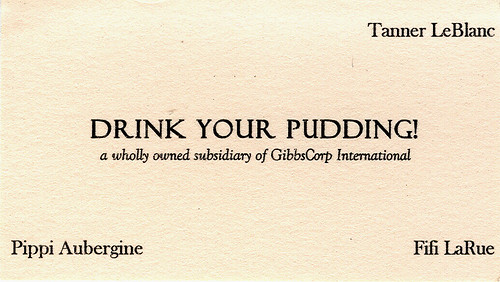This rather summarizes the year: an upside-down pane, noticed two days after the cards were mailed. How many were affected? Who are the recipients of this bibliographic irregularity (and hopefully rarity)? When I say my concentration has been shattered to pieces, this neatly encapsulates the result...
Wednesday, December 9, 2020
Monday, December 7, 2020
living in liminal spaces
It’s December, 2020. The election happened. That it was as close as it was is heartbreaking. That baby steps are being taken to resume civil society is heartening, but it shouldn’t have to be. This past year has been one of feeling caught in the in-betweens; stagnant, anxious, and unable to focus. I’m slowly regaining my concentration, and with it my equanimity, but for many months there have been both too many moments while somehow never quite enough time. In the uncertain days of October, I channeled my anxiety into the holiday edition, which makes this year’s the earliest completion ever.
the holiday edition 2020-2021: The Time-Being
2020 marked my five-years-in-Los-Angeles anniversary, and the traditional gift for this milestone is wood. Hiromi Paper carries a stock of paper-wood (wood veneer) products, and I’d been curious about using them for printing and foil stamping, so this year’s edition started with the desire to incorporate wood in some format.
As I cycled through the maelstrom of the year, I struggled to anchor in the present tense. It’s a difficult task for me at the best of times; I tend to live three steps in the future, and suddenly the future was too foreign, and the present too fraught. One of the books I read this year introduced me to the Buddhist philosophy of time as linked moments, rather than a progression, as explored by the Zen Buddhist teacher Dogen in his essay on Being-Time. This was a useful reminder, to value the present moment as a moment, rather than looking at either the moments that didn’t happen, or the moments that have not yet happened. I really liked the translation by Thomas Cleary, but the one by Dan Welch and Kazuaki Tanahashi is a bit easier to parse.
Do not think that time merely flies away. Do not see flying away as the only function of time. If time merely flies away, you would be separated from time.In essence, all things in the entire world are linked with one another as moments. Because all moments are the time-being, they are your time-being.
And:
Practice-enlightenment is time. Being splattered with mud and getting wet with water is also time.At this point, I had the material (wood veneer) and the text (Being-Time), and I started to think about format. Knowing that this year’s text was from Buddhist philosophy and has a rigid material as the substrate, the format of the palm leaf book was immediately apparent as being most appropriate. Palm leaf books are traditional to southern Asian religious texts, and often incorporate calligraphy with small ornamental flourishes; there are some great tutorials online: I especially liked this one from the University of Iowa. Additionally, an early western essay was available from JSTOR, which provided a interesting look at the bibliographic interpretation of the format in the west. That my adopted city of Los Angeles is awash in palm trees adds to the appropriate nature of this format.
After printing a test run on my laser printer at home, I was happy with the proof of concept, but struggled with legibility of the text. Many of the original manuscripts have etched lines guiding the calligraphy, so I added a thin line on the staves to assist with reading. Likewise, I liked the decorative elements around the sewing holes, and incorporated medieval heraldry imagery as a foil stamped element for the sewing stations.
The text had a tendency to rub off of the paperwood, so I did three tests with different fixatives: PVA size, matte medium, and klucel-g (a conservation consolidant). They helped fill in the grain of the wood, but then needed to be buffed with sandpaper and steel wool. And then they actually printed even less well on my home printer: thankfully they printed beautifully on commercial printers.
After printing, the sewing stations were stamped in red foil; then the paperwood was backed with a decorative Japanese paper. They were then punched for sewing, then cut into individual staves.
I wasn’t sure what type of sewing method would be the most stable; after a few tests, knotting the thread between each stave helped keep everything in alignment. While I liked the frivolous nature of the gold thread, it was significantly more brittle than the red thread, and tended to break during the sewing process. Looping the ends as an extension at the top allows the books to be hung, like a broadside.
And so, folded against themselves, wrapped, and posted, they fly into the final days of what has been a year of turmoil, and a year for trying to hold onto the smallest of moments, of catching my breath and breathing deeply, in and through the uncertainty of what has been and what will be.
further thoughts of
Stephanie Gibbs
at
9:15 PM
![]()
Subscribe to:
Posts (Atom)


















